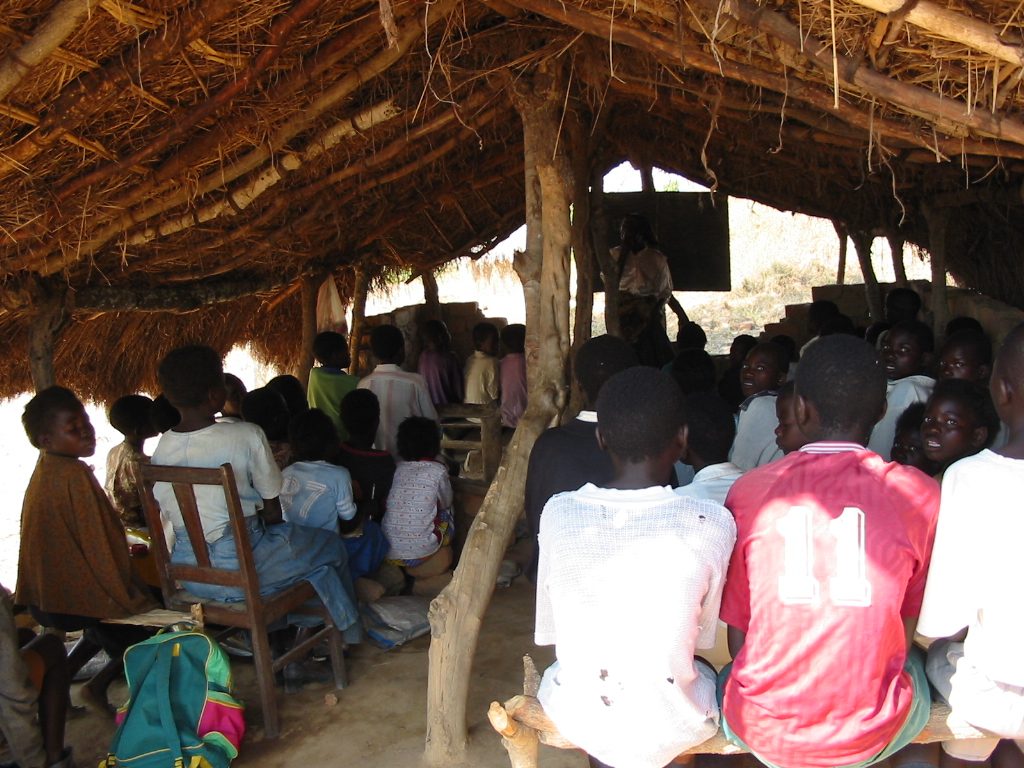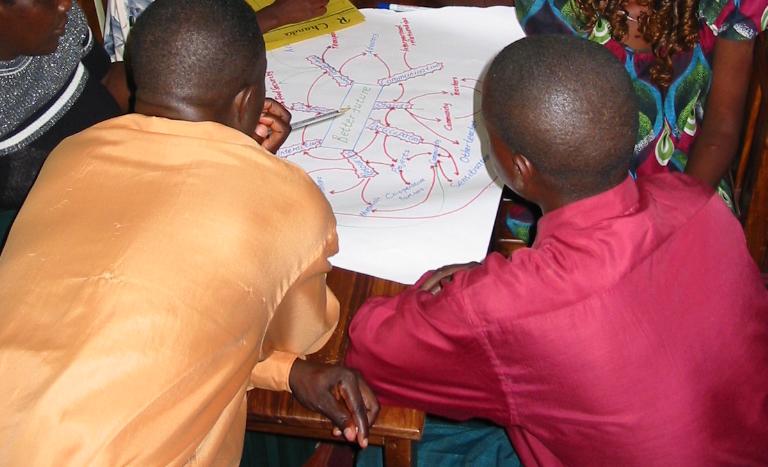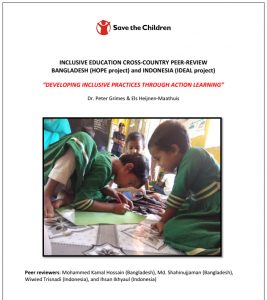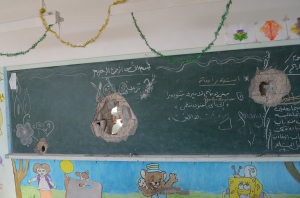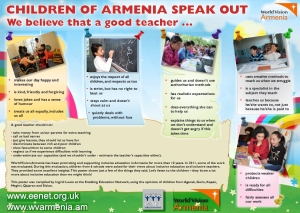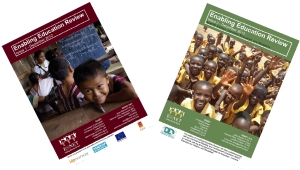A blog by: Ingrid Lewis, Managing Director, EENET.
In my last blog I reflected on the tendency within inclusive education and international development programmes to view teachers as programmable machines rather than as adult learners. This dehumanising of teachers inevitably leads to inappropriate approaches to teacher education and thus to limited change in teaching practice. I’ve been reflecting on some wider issues that might help us understand why teachers are viewed like this within some education development programmes.
Low status
It’s not a new revelation that in many countries teachers are viewed with derision. “If you can’t do it, teach it” is a cruel saying used often in the UK and no doubt elsewhere to belittle those who choose to become teachers rather than work in other professions or businesses. Teaching is seen by many in society as a second-choice career, a back-up plan, even as a place to dump ‘failed’ scientists, writers, performers or entrepreneurs.
Over the years various development NGOs have implemented excellent projects to boost teacher professionalism in the countries where they work and to change public perception of teachers, to recognise them as skilled and valuable professionals. But what about perceptions inside development NGOs? It’s all very well campaigning for governments and the public to respect and reward the unique skills and professionalism of teachers, but do NGOs and donors themselves demonstrate a high level of respect for teachers and education?
Sometimes I think not. Education as a sector within development often feels under-valued, under-estimated and taken for granted. Not just in terms of financing, although of course I’ll always argue there is never a big enough government or NGO budget allocated to education. I’m also thinking in terms of the status NGO education programmes have, and the way in which they are planned and managed.
Programme managers or experienced educators?
Is it right that we encounter so many NGO education projects and programmes that appear to have been designed, implemented and monitored by personnel who have no background in the education profession?
OK, I can hear you arguing “you don’t have to be a teacher to run an education project, just like you don’t have to be a doctor to run a healthcare project”. No, you don’t. I’m not a qualified teacher and I run EENET. But it certainly helps if you have people working in the project or organisation who do have those direct experiences (fortunately EENET has plenty of team members with extensive teaching and education management experience).
I met an education student recently who had done an internship with a large NGO that works on education programmes, policies and campaigns. She told me how surprised she was that none of the organisation’s education team had an education background. They were all programme managers and she felt some had a worryingly limited grasp of the realities being faced by teachers, head teachers, education officials and others on the front line.
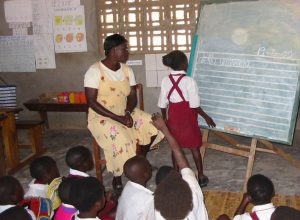
Does it matter?
I’ve reflected on this issue with EENET team members too in recent months. How many of the poor planning and implementation decisions we have observed during education programme evaluations and field visits over the years might have been avoided or mitigated if there had been more staff with direct experience of working in schools and education?
Of course I can’t answer that with any degree of accuracy as this is just a blog not a rigorous academic investigation! But it is my gut feeling that key barriers to success in NGO education / inclusive education programmes include: a lack of first-hand teaching and school management experience among those designing and running the programmes; and a lack of willingness to listen to advice from education practitioners, especially when that advice doesn’t fit neatly with a pre-conceived project timeline or structure.
Can we effectively plan how to run schools if we have never worked in, let alone run a school? Can we develop suitable training for teachers if we have never experienced what it is like to teach a class, let alone had to prepare and deliver lessons when there are no resources and 60+ children in the room?
I’m not saying the answers are definitely ‘no’. But I think more NGOs should be critically reflecting on these sorts of questions when deciding to implement education programmes and when making recruitment decisions.
Let’s really value education expertise
Without education, none of the professions that currently usurp the status of the teaching profession would exist. We need to commit ourselves to giving education and teaching the high status attention it deserves within development programmes. We can do this by ensuring that it is well-funded. And we can do it by respecting the expertise and specialisation needed to plan and run effective, complex, high quality education programmes. Of course we also need to remember that education expertise does not just come from those with the highest qualifications or most senior positions, but should be sought among education practitioners at all levels.
Send us your thoughts, ideas and experiences regarding the status of teaching and/or education programmes, or leave a comment in the box below.

